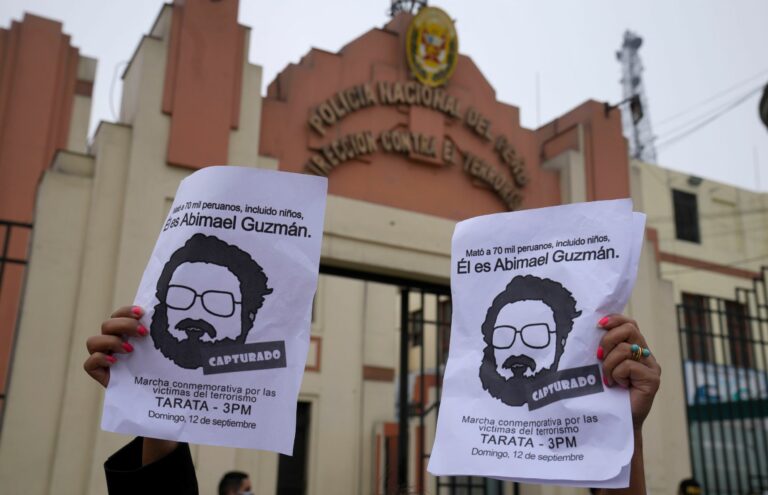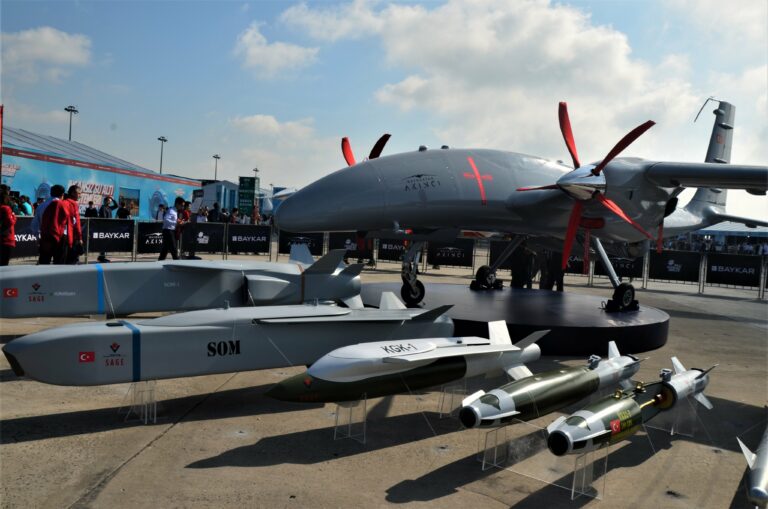On the 7th of October, the world woke up to the shocking news of the brazen attack by Hamas on Israel, a nation renowned for its defensive technology, especially in the homeland security domain.
It is a known fact that Israel has led the revolution on innovation specifically designed to defend its national security and critical infrastructure. Israel’s niche security tech market is an outcome of deep research and development, necessitated by the country’s omnipresent threats which are now revealed for the world to see.
It is this same security technology that is lauded globally, products of which are the preferred choice of many countries as being tried and tested against real-time threats. With such a reputation and not just the availability of this security tech but also its on ground deployment, how is it that Hamas, with its outdated and primitive technology was able to breach the Iron Dome?
While there is never a single factor that contributes to any event, I would like to limit my analysis to simply reinforcing the fact that technology in itself is not the answer to defence. Yes, technology is fascinating and, in many ways, it gives us a comfortable blanket of perceived safety, but it also makes us complacent, and very often the thrill of acquiring technology far outweighs the necessity of its induction.
Whilst there is no debate that technology does make life simpler and more efficient, however the reason for its induction is often not weighed based on its merit. What we need to understand before racing to acquire technology is that technology by itself is not smart, we humans make our processes smart by using technology, and we cannot, no matter how well equipped we are, take that fact for granted.
My years with the Special Forces made it clear that terror groups do not bang their heads against technology, they breach the process. While Israel’s highly sophisticated security systems were in place, they failed to prevent the deaths of over 1,200 of the nation’s citizens. Was this the result of an intelligence failure, a technological failure, or a failure in the process?
It is being said that internal political tensions, polarisation, and unrest compromised the country’s otherwise effective processes of counterintelligence and a coordinated response, by drawing the attention of Israel’s security inwards rather than outward towards their border, distracting their attention away from a foe that had beguiled them into thinking that they were not a threat.
This distraction was a lapse in the process of security and not the technology of security, and it is this weakness that was exploited by an adversary which took down the Israeli defence by sheer force of numbers and surprise, using the most primitive means, giving the Israeli troops no time on ground to deploy their defensive technology, and this vindicates my findings through experience with the Special Forces.
What lessons does this leave us with, those of us who are in the role of designing, managing, and implementing physical security not just at the national level but at every organisational level, be it governmental or private critical infrastructure, industry and corporate?
It tells us that high end niche technology by itself cannot be the only answer, it cannot replace the human smarts needed to deploy it effectively. Random induction of security technology, because it looks attractive, should not be the primary reason for its induction.
Yes, technology must be inducted, however after a detailed analysis of its effective purpose in the existing security process. Technology and associated products need to be purchased to fill gaps that have been well analysed and are part of an overall security design or plan, otherwise they simply remain fancy and expensive gadgets.
Relying on technology alone to be our nation’s armour has the potential to turn us soft and leave us vulnerable and exposed to a similarly coordinated, low tech attack by similar terror groups that seek to derail the peace and progress of our nation.
Decision makers and budget holders must, thus, demand an analysed well thought out security design that looks at both the short and long term. The purpose of expenditure on security systems and technology must be meaningful, to effectively support the overall security process, rather than being an isolated security hardware induction.
Understanding the threats and risks to physical infrastructure is the first step to formulating a security design and plan. Being aware of the likelihood of an event, and if it occurs what will be its impact, helps in developing mitigation strategies using a combination of technology and process integration. Before investing in the latest gadget, a thorough study needs to be conducted on how the gadget will bridge gaps in the security process of an organisation.
It is only through a study of the local vulnerabilities, capability and intent of adversaries and the damage that can be caused, as well as the organisations response and recuperability, that a meaningful understanding of the existing process gaps can emerge.
This will not only help us understand exactly what kind of technology we need to deploy, but will also correctly define how to make the best of it. The probability of success greatly increases when hardware is in sync with well-planned processes that seek to optimise its use.
National security is not just a governmental problem. Given our security concerns and the environment we live in, for us to be safe as a nation we need to instil in our minds that each one of us plays an important role at every level even if we are not directly involved with the security process.
We must understand that it is not just defences at the national level that need to be effectively maintained, but every defence system, however small it may be, around our sphere of influence that also needs to be effectively maintained, for us to remain safe as a nation.
Thus, policy makers at every level, from the apex to security managers of our growing and vital critical infrastructure would do a huge service to our national security by designing their security systems using a risk-based approach, and integrating technology to complement the process, not simply inducting technology in isolation.
Commodore Shiv Tewari (Retd) is a former Indian Navy Special Forces MARCOS officer with a vast field experience in the field of critical infrastructure security analysis and design. Having served in a variety of roles during his military service and as an entrepreneur in his second career, he brings his knowledge together on national security-related projects and with Startups.








Leave a Comment